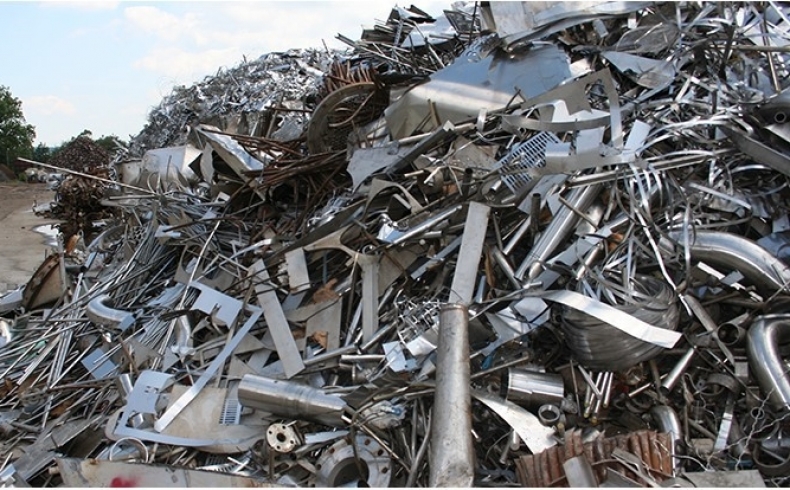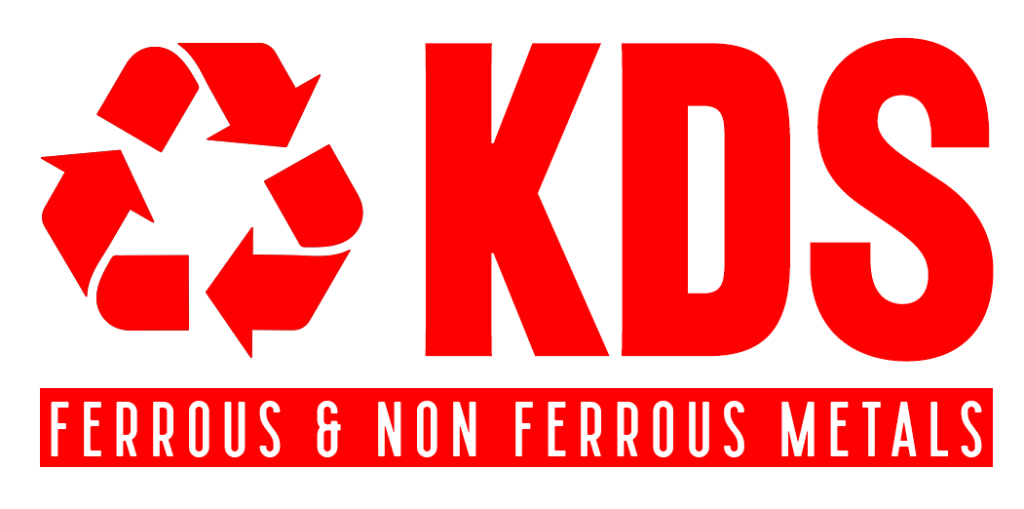
Non-Ferrous Metals
Non-ferrous metals are a group of metals that do not contain iron as their primary component. They are characterised by their high strength, durability, and corrosion resistance, making them ideal for various applications. Let’s discuss the properties of non-ferrous metals, their typical applications, and the advantages and disadvantages of using these materials.
Properties of Non-Ferrous Metals
Non-ferrous metals are typically lighter and more malleable than ferrous metals, making them easier to work with and manipulate. They are also extremely resistant to corrosion and rust, making them ideal for use in applications requiring materials with excellent moisture and chemical resistance.
One of the most significant properties of non-ferrous metals is their conductivity. Metals such as copper, aluminium, and silver are excellent conductors of electricity, making them ideal for electrical and electronic applications.
Common Applications of Non-Ferrous Metals
Non-ferrous metals are used in various applications, including electrical and electronic components, construction materials, and transportation. Copper, for example, is widely used in electrical wiring due to its excellent conductivity. It is also used in plumbing and roofing due to its corrosion resistance.
Aluminum is another type of non-ferrous metal that is commonly used in a number of applications. Its high strength-to-weight ratio makes it ideal for use in transportation, such as in the manufacturing of aeroplanes and cars. It is also used in the construction industry for its lightweight and corrosion-resistant properties.
Silver is another non-ferrous metal highly valued for its conductivity and used in various electrical and electronic applications, such as circuit boards and batteries.
Advantages and Disadvantages of Non-Ferrous Metals
One of the main advantages of non-ferrous metals is their resistance to corrosion and rust. They are also highly malleable and easy to work with, making them ideal for various applications. Additionally, their conductivity makes them highly useful in electrical and electronic applications.
There are also disadvantages to using non-ferrous metals. One of the main disadvantages is their relatively high cost compared to other materials. They can also be softer than ferrous metals, making them less suitable for applications requiring high strength and durability.
Another disadvantage of non-ferrous metals is their lower melting points, making them more challenging to work with in specific applications. For example, soldering or welding non-ferrous metals may require specialised techniques and equipment.
Non-ferrous metals are a group of metals that do not contain iron as their primary component. They are highly valued for their resistance to corrosion, conductivity, and malleability, making them ideal for a wide range of applications.
Despite these drawbacks, non-ferrous metals remain essential for various applications due to their unique properties and versatility. While they offer many advantages, such as their resistance to corrosion and ease of workability, they can also be more expensive than other materials. They may require specialised techniques and equipment for specific applications.
